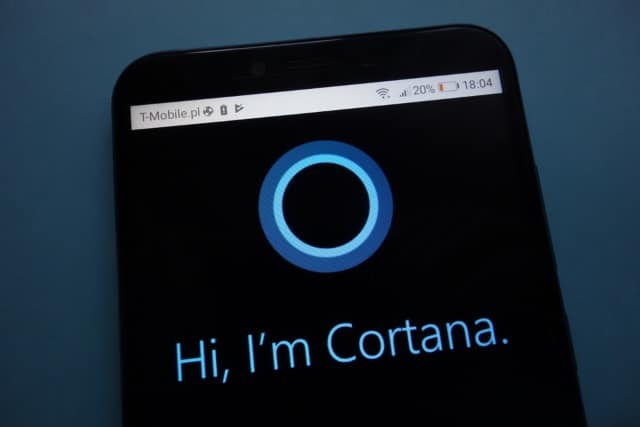Microsoft has killed off Cortana... partially

When digital assistants are mentioned, it tends to be Siri, Google Assistant and Alexa that come to mind; it is only for real Microsoft diehards that Cortana features.
So it is little wonder that Microsoft has seen sense and decided to kill off some implementations of its own digital assistant. Cortana will still be found in Windows 10, but mobile users will find that it is no longer available for either iOS or Android.
See also:
- Microsoft releases optional KB5000842 update to fix lots of Windows 10 problems
- Microsoft releases KB5001205 update to fix Windows 10 Secure Boot vulnerability
- Microsoft is making an important change to the implementation of the taskbar in Windows 10
For many people this is not news; Microsoft made an announcement about the decision to drop support for Cortana on iPhone and Android phones towards the middle of last year. Support came to an end yesterday, meaning that April 1 is the not only the first day of the month, but the first day that mobile Cortana will not function. For anyone using Siri or Google Assistant and wanting to try out an alternative digital assistant, the discovery that mobile Cortana no longer exists may be something of a surprise.
A post on the Microsoft support site entitled "Using Cortana on iOS or Android" confirms the news, with the company saying:
As we announced in July, we will soon be ending support for the Cortana app on Android and iOS, as Cortana continues its evolution as a productivity assistant.
As of March 31, 2021, the Cortana content you created–such as reminders and lists–will no longer function in the Cortana mobile app, but can still be accessed through Cortana in Windows. Also, Cortana reminders, lists, and tasks are automatically synced to the Microsoft To Do app, which you can download to your phone for free.
After March 31, 2021, the Cortana mobile app on your phone will no longer be supported.
As Microsoft explains, Cortana is still available in Windows 10, and there are no plans to kill it off on the desktop.
Image credit: Piotr Swat / Shutterstock
